The basic rule is every 3-5 years. In the case of film-forming sealants, you can see when the physical barrier shows signs of wear. For sealants that don't form a film, you'll start to see a significant color change on the pavers during the rain when the sealant is running low. After installation, the best time to seal pavers is when the pavers are dry and free of dirt or debris.
Most experts recommend waiting at least 24 to 48 hours before sealing new pavers after installation. This gives pavers time to settle and ensures that they are completely dry before sealing them. Sealing new pavers will help create a more durable structure because the sealant solidifies the sand in the joints and holds the pavers together. Paving stone sealant also slows the erosion of sand from the joints by creating a weather barrier.
Depending on the sealant, it can also enhance the natural beauty of pavers, truly increasing the overall appearance. There has been some debate about when to seal new pavers. Generally speaking, you can seal new pavers as soon as the surface and soil around the pavers are dry. In other words, new pavers can be sealed immediately after the surface dries after installation, as long as a curing and sealing paving stone sealant that is breathable is used.
However, it's common to wait a few weeks to make sure there's no efflorescence, and some experts recommend it. Efflorescence is the release of salts on cobblestones. Salts can seep from the surface and create a white haze on the pavers. If efflorescences appear, it is important to clean the pavers with an efflorescence cleaner before sealing them.
Sealing pavers when they are wet will cause the sealant to build up and may even cause it to come off the pavers, which will be a waste of money. Sealing your pavers requires careful consideration of a few factors to ensure you get the best results. Sealing pavers is the best way to protect the investment you've made in your walkways, patios, driveways, pool decks, retaining walls and other hardscapes. The most important reason you want to seal your pavers when they are newly installed is to protect them, protect the color, and prevent the surface from deteriorating.
In fact, a lot of people choose not to seal their pavers because they don't want them to look wet, they don't want them to look shiny. If it has been raining a lot or if the forecast indicates that it will rain in the near future, it is best to wait to seal the paving stones. Once your pavers have been restored, they must be sealed to protect your investment and maintain their beauty. Try sealing pavers when the temperature is between 50 and 90 degrees Fahrenheit for best results.
But now that you know the pros and cons of sealing your pavers, you can decide whether or not you want the benefit of that extra protection on your pavers. If you live in an area with a lot of rain or snow, it's best to wait even longer to seal the pavers. It is better to apply several thin layers of sealant than to cover the pavers with a thick layer, as this will make the pavers slippery. However, our proven repair, cleaning and sealing system will also restore the original shine to old, dirty and discolored pavers.
Areas, such as entrances and outdoor installations, that receive a lot of traffic will need to be sealed every one to two years, while pavers in areas with low traffic can last three to five years without being resealed. We can use a natural looking sealant and it won't change the look of the cobblestone, but the pavers will be protected. After all, pavers are exposed to the same elements as a driveway, deck, porch, and patio, so while sealing is an optional maintenance step, it certainly makes them easier to clean. .
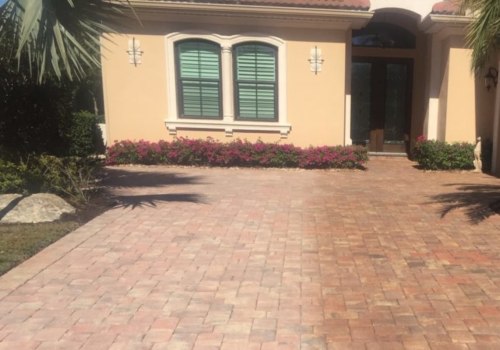
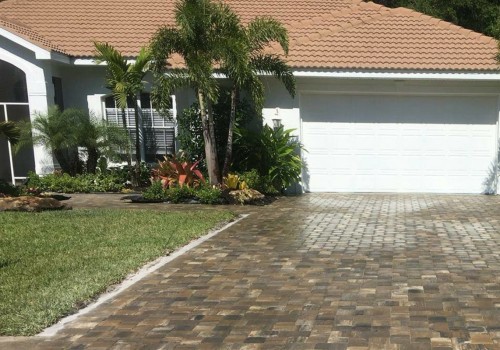
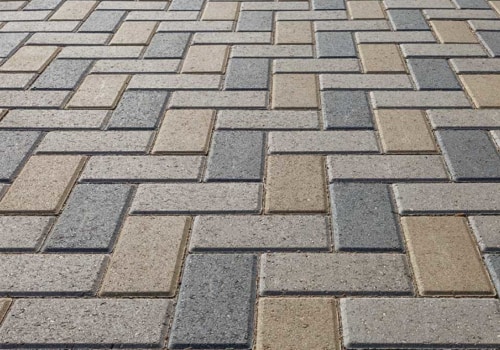
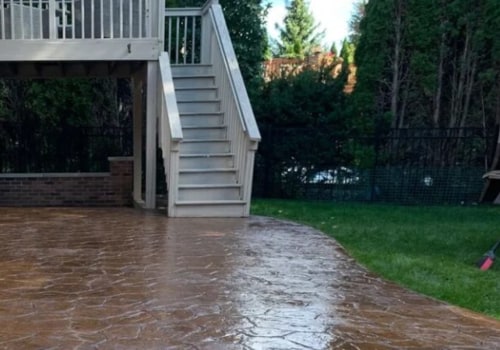
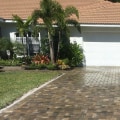
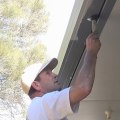
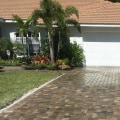
Leave Message